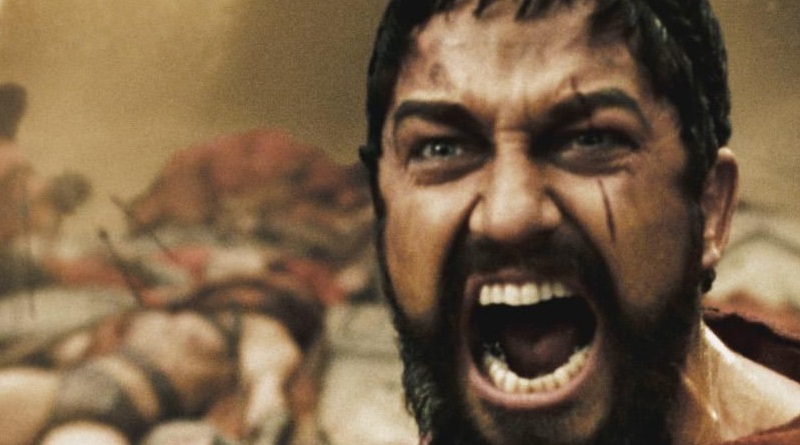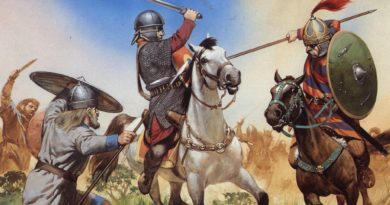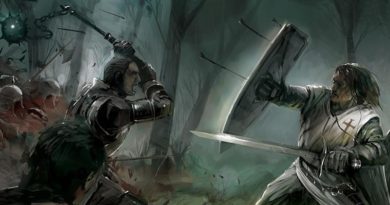Permanent Injuries
This is how your PC gets an eye patch
When there’s no time for proper healing after a fight, characters can accept a permanent injury–some debilitating wound or battle scar–represented by a reduction of a random Attribute Score.
In game terms, a permanent injury restores one hit die of hit points per level at the cost of 1 Attribute point. Roll on the table below to determine which Attribute is affected.
| Die Roll (1d12) | Attribute Affected | Scar* |
| 1-2 | Strength | Sling, Splint, Massive scar |
| 3 | Intelligence | Speech problem, Memory lapse |
| 4 | Wisdom | Impulsive, Prone to outbursts |
| 5-7 | Dexterity | Peg leg, Falls a lot, Can’t sit a horse or be at sea |
| 8-10 | Constitution | Weight loss, Tired, Prone to hurling |
| 11-12 | Charisma | Eye patch, Facial scar, Must wear a hood |
| * Optional (see below); examples only | ||
Characters can apply a permanent injury only immediately after a given fight. The total number of permanent injuries sustained cannot exceed the character’s current level, and the number of hit points regained each time cannot exceed the character’s current maximum.
Flurbis is a 3rd-level thief (hit die: d4). After getting battered through a series of encounters, he opts to accept a permanent injury. Flurbis rolls a 9 on the table, so his Constitution is reduced by one point, but he gains 3d4 hit points in the process. As a 3rd-level thief, he can have up to 3 permanent injuries.
Bonus Options
From a roleplaying perspective, permanent injuries are a character’s opportunity for bad-assery in the setting:
- By applying a “scar” to the injury (see above for examples), the character gets an additional hit die of hit points. The player must define the “scar” and naturally, the GM is obligated to enforce logical game effects.
- Whenever the character is in a new locale, he can relate the story of his wound–this is how tall tales and rumours get started. Roll again for the hit points regained to see how many gold pieces the character gets in drinks, food, and favours (e.g., Flubis arrives in a new town and entertains the local tavern patrons with the story of why he throws up a lot, and he gets 3d4gp worth of tavern commodities for the telling).
- If the scar is visible, the character gains +1 to reaction rolls for street-cred. Who’s gonna screw with a dude wearing an eye patch?
Final Note
There’s a strong temptation to apply mechanical effects to the reduction of an Attribute Score. You must resist, because when an Attribute Score is reduced, game effects naturally follow. For example, if a character’s Strength is reduced, don’t worry about how this impacts “to-hit” rolls or encumbrance–these factors will naturally occur as a result of the lowered score.




Good
I like this rule. I’m going to use it.
Well done. This is going into my house rules.